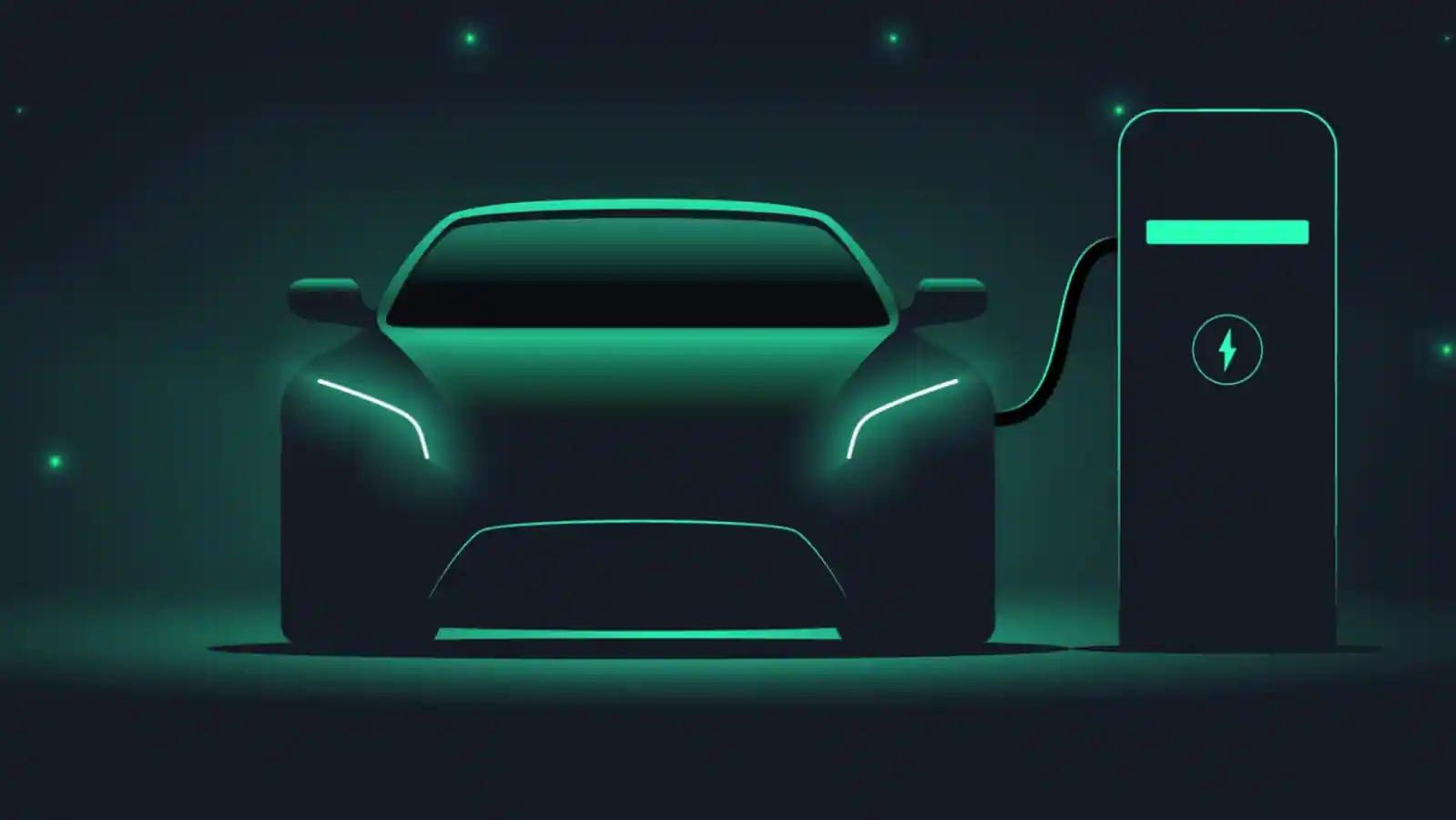The Rising Demand for Electric Vehicles in India: An Insurance Perspective
The electric vehicle (EV) market is experiencing unprecedented growth globally, and India is no exception. According to the IEA Global EV Outlook 2024, global EV sales rose by 25% in the first quarter of 2024 compared to the previous year. This surge is driven by environmental concerns, government incentives, and technological advancements.
In India, the EV segment has emerged as a transformative force, now valued at over USD 100 billion and significantly contributing to the economy. The rapid adoption of EVs aligns with a global shift towards sustainable practices, impacting not only the automotive industry but also compelling the insurance sector to adapt.

With India aiming for 30% EV penetration by 2030, there is a pressing need to look beyond traditional insurance models and offer specialized insurance products that address the unique opportunities and challenges arising in this evolving market. Insuring EVs entails unique challenges, such as higher costs associated with technology and repairs.
Leveraging Technology for Better Insurance Solutions
Insurers can capitalize on technological advancements that play a crucial role in the relationship between insurance and EVs. Tools such as telematics, the Internet of Things (IoT), and AI-driven analytics are essential for risk assessment, preventative maintenance, and real-time monitoring. Insurance companies must utilize these technologies to offer customized coverage, predictive maintenance programs, and dynamic pricing models.
Many insurers have recognized the unique needs of EV owners and have taken a proactive approach by introducing innovative insurance solutions specifically designed for electric and hybrid vehicles. Key offerings may include Private Charging Station Cover, Personal Accident Cover, and Battery Coverage.
Understanding Consumer Usage Patterns
Analyzing how consumers use EVs is vital for designing effective insurance policies. Factors such as distance driven, charging habits, and varied usage environments influence the risk profile of electric vehicles. By employing data analytics, insurers can gain insights into these usage patterns, allowing for tailored coverage and incentives that align with sustainable practices and safe driving behaviors.
Evolving Insurance Products for EV Owners
New-age insurers offer a range of motor insurance products, including standalone third-party cover, standalone own-damage cover, comprehensive cover, and bundled long-term options for new vehicles. Additionally, by tracking driving patterns and safe behavior, insurers can offer flexible premiums based on real-time data with features like Pay As You Drive (PAYD) and Pay How You Drive (PHYD), allowing customers to save on premiums.
The Need for Tailored Insurance
As the EV sector grows, insurers must seek clarity on coverage specifics. EV technology, including advanced battery systems and unique repair protocols, requires a deeper understanding beyond traditional vehicle underwriting. The evolving landscape demands clear policies outlining coverage amounts and risks.
Fostering Consumer Awareness
Despite slightly higher insurance costs for EVs compared to traditional vehicles, it is crucial for consumers to understand the specifics of their coverage. Policymakers and insurers must develop clear, well-defined policies to foster a collaborative environment, empowering both the automotive and insurance sectors to promote a cleaner, more efficient future.
By crafting insurance solutions that address the specific risks and benefits of EVs, insurers can play a crucial role in not only managing risk but also advancing India’s journey toward greener, sustainable mobility.

